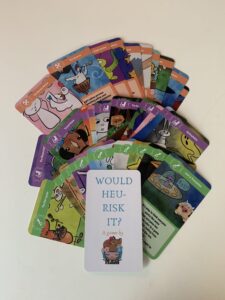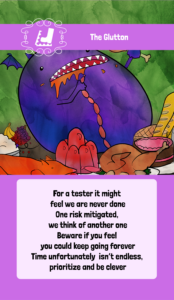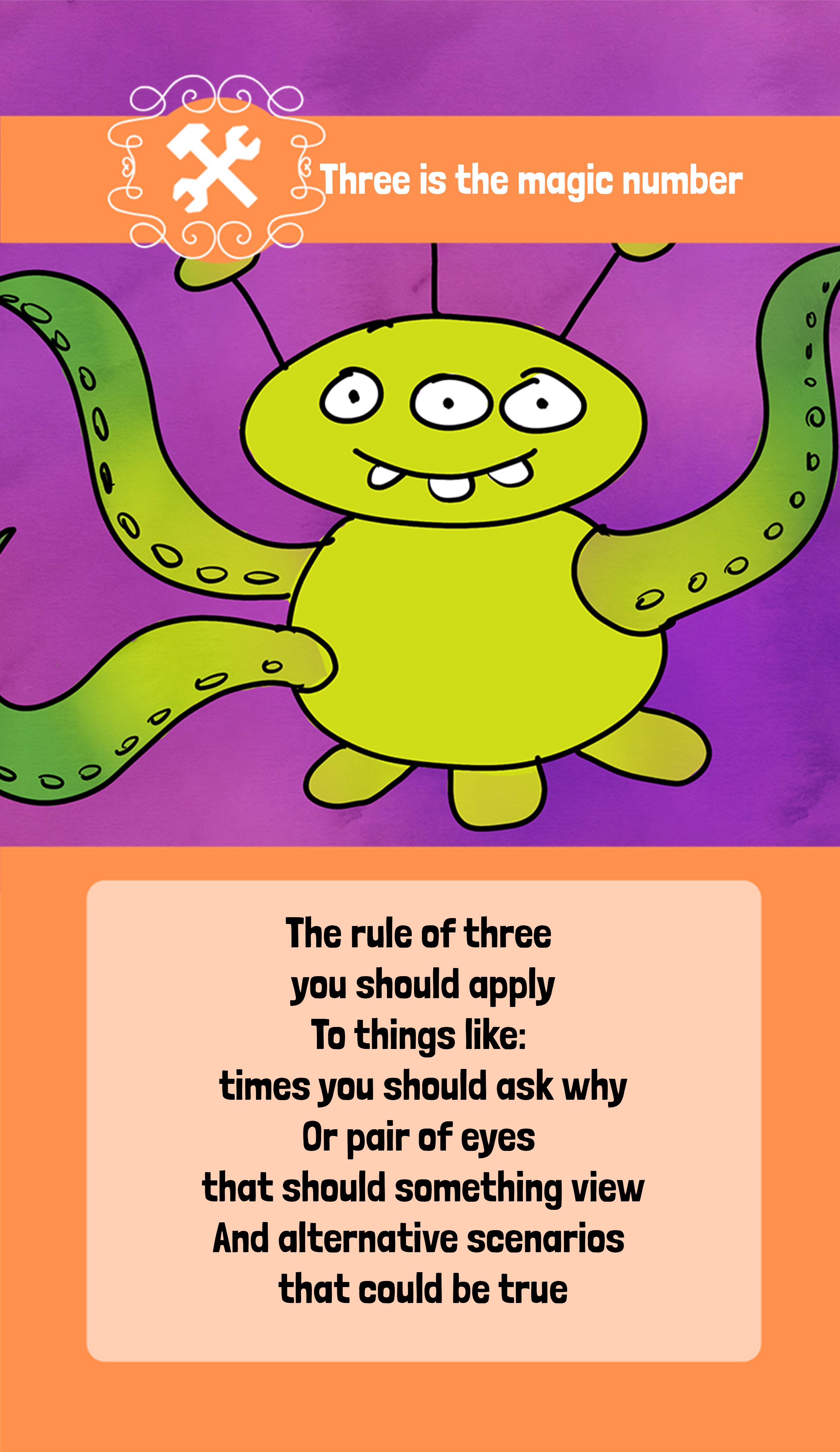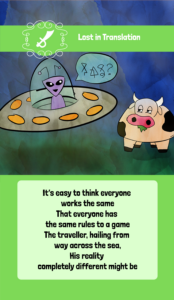Note: This was the first part in a series of blog posts about the ”Would Heu-risk it?” game I created for a workshop with Lisa Crispin at Agile Testing Days 2019. Since then, these posts have turned into a book. The individual posts have been removed but the book can be bought on LeanPub or on Amazon. I hope you all understand and I would love for you to support me by buying a copy. The cards are available through Ministry Of Testing who I partnered with to make sure as many as possible get access to them.

How it all began
About a year ago Lisa Crispin agreed to pair with me for a workshop. When we discussed possible topics a lot of them involved risk analysis, heuristics and patterns but also almost every one had some part of gamification in it. I really, really wanted to create a game!
TestSphere was of course a big inspiration, but I wanted to combine the things I talk about in ”Commandments of testing” with things I learned about heuristics (from MoT and Alex Schladebeck among others) and of course: My own brand of geekiness – games and…. rhymes. I had a bit of money saved from inheritance, so I thought: Go big or go home. I´ll ask Trish Koo to design them for me.
So, with absolutely no idea how to design a game I went about brainstorming a bunch of heuristics, using a number of resources, and in the end I ended up with a bunch of cards that had little to do with heuristics per se, but very much with my view of testing as a way of investigating software.
The endgame
In the end, ”Would Heu-risk it?” turned out to be 30 cards divided in 3 categories. Trish had some awesome design ideas and we ended up doing them as a classic card game with a category (different colours and icons), a title, a hand drawn-styled illustration and a 4-sentence rhyme per card. Of course the effort required was a lot higher than anticipated and the finished cards were not done in time for ATD but with the help of a printer, a few hours with a home laminating machine, the workshop was a success anyway. Using my favourite broken site, Bling-R-Us, Lisa doing her usual fantastic workshop fascilitation (she is the best fascilitator I´ve ever met!) and with the help of a group of very enthusiastic participants we had a wonderful time analysing and mitigating risk and then questioning our previous analyses by adding new information in form of traps, tools and weapons.
Traps
Traps are common mistakes & antipatterns I´ve seen that a lot of testers fall into. Some are more common in juniors but some are actually things I see increase with seniority.
These traps can pose a risk to the end quality and knowing how to identify them will help testers develop new skills and increase value.

Tools
Tools are things that testers use to increase the value of their testing. It can be heuristics, oracles, techniques & patterns that skilled testers use, sometimes without even knowing they use them.
They can be used to do better testing, to teach junior testers and not least: To learn how to communicate about your testing. What are you doing, why and what are you expecting to find?

Weapons
Weapons are probably the category that sets this game apart from other testing games the most since they focus on what I learned as a developer more than experience gained from a testing perspective. These cards spring from common developer mistakes & antipatterns that I have observed as well as common weak spots in code. Knowing about these can help prioritizing your testing and/or come up with new tests to perform. They are also awesome for coaching developers how to test better.

So, this was part one of a series of blog posts about ”Would Heu-risk it?”.
In the following series I shared anecdotes and suggestions on how to interpret the different cards, one card per blog post. These were later on compiled into a book that can be found on LeanPub or on Amazon.
So, until next time: Thank you for reading!
